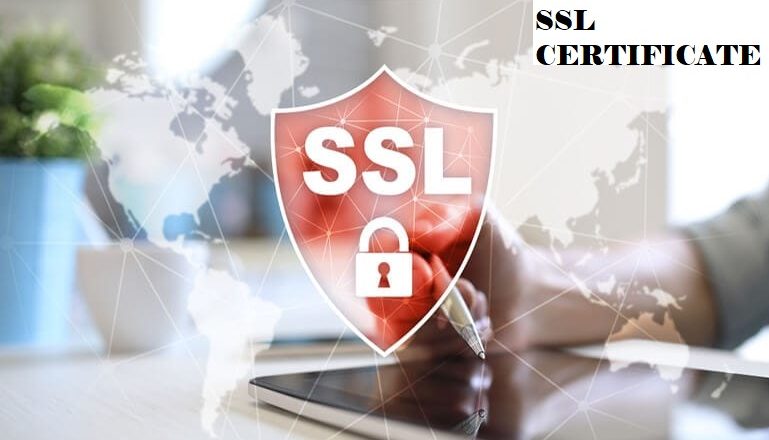
What is an SSL certificate?
An SSL certificate refers to a digital certificate which authenticates the identity of a website thus enabling an encrypted connection. SSL is an acronym for Secure Sockets Layer. This is a security protocol that establishes an encrypted link between a web browser and a web server.
There is a need for Companies and organizations to add SSL certificates to their websites. It serves purpose of securing an online transactions and keeping client’s information secure as well as private
Therefore, the main aim of SSL is to keep internet connections secure and preventing criminals or unauthorized users from being able to read or modify information being transferred between two systems. A padlock icon which is next to the URL in the address bar, symbolizes the website has an SSL certificate.
How an SSL certificate works?
SSL performs its task by ensuring that that the transfer of any data or information between websites, users as well as between two systems, remains private and cannot be read. It implements the use of encryption algorithms for the purpose of scrambling data in transit, therefore preventing hackers from accessing or reading it, since its sharing its over a connection. This data contains information (such as names, addresses, credit card numbers, as well as other financial details.) which is potentially sensitive
The process works like this:
- Attempt by a browser or server to connect to a website (for example a web server) which an SSL secures it.
- There is a request from the browser or server for the web server to identify itself.
- In response the web server sends to the browser or server a copy of its SSL certificate.
- Therefore, the browser or server verifies whether it can trust the shared SSL certificate. If it does, it sends a signals to the webserver.
- As a result, the web server responds by returning a digitally signed acknowledgment for the purpose of starting an SSL encrypted session.
- The encrypted data is therefore shared between the browser, server as well as webserver.
This process refers to SSL handshake. A website which has an SSL certificate, it has an acronym HTTPS (which stands for Hyper-Text Transfer Protocol Secure) which appears in the URL.
A website Without an SSL certificate, has the following acronym HTTP, meaning it is not secure. A padlock icon displays on the address bar, signifying the site your visiting is secure.

